what glassware is worth money, Collecting glassware can be a delightful and lucrative hobby, blending an appreciation for artistry with the thrill of discovering valuable treasures. From antique pieces crafted centuries ago to more contemporary designs, Certain types of glassware can command impressive prices on the market. This guide explores which glassware is worth money, offering insights into what makes these items valuable and how to identify them.
Antique Glassware: A Glimpse into History
Antique glassware, typically defined as pieces over 100 years old, often holds significant value due to its age, craftsmanship, and historical significance. Key types of antique glassware include:
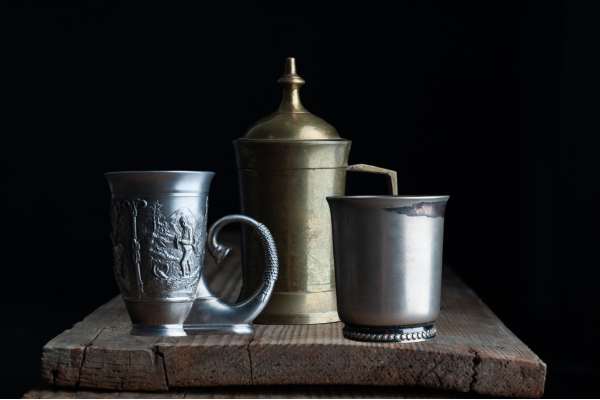
what glassware is worth money, Antique glassware, Typically defined as pieces over 100 years old, Offers a fascinating glimpse into the artistry and culture of past eras. These timeless treasures are valued not only for their age but also for their exquisite craftsmanship and historical significance.
Among the most sought-after types of antique glassware is Depression Glass, Produced during the Great Depression (1929-1939). This colorful, mass-produced tableware was often distributed as promotional items, with patterns like “Cherry Blossom” and “Adam” commanding high prices today, particularly in rare colors such as pink and cobalt blue.
Another prized category is Victorian Art Glass from the late 19th century, known for its elegant designs in vases, bowls, and perfume bottles by renowned makers like Thomas Webb & Sons and Stevens & Williams. Pressed Glass, dating back to the early 19th century, showcases intricate patterns molded into the glass, with Early American Pressed Glass (EAPG) being a prime example of collectible pieces.
Each type of antique tableware tells a unique story, reflecting the social and economic conditions of its time, making it a cherished collectible for enthusiasts and historians alike.
Mid-Century Modern Glassware: Sleek and Stylish
The mid-20th century brought a wave of innovative glassware designs that remain highly collectible today. Key designers and styles include:

- Murano Glass: Produced on the Venetian island of Murano, this glass is renowned for its vibrant colors and intricate designs. Pieces by artisans like Alfredo Barbini and Archimede Seguso are particularly valuable.
- Blendo Glassware: Popular in the 1950s and 1960s, Blendo Glass features a distinctive frosted appearance with colorful rims. Cocktail sets and pitchers are especially prized by collectors.
- Scandinavian Glass: Known for its minimalist and functional designs, Scandinavian glassware from designers like Per Lutken for Holmegaard and Nils Landberg for Orrefors can be quite valuable.
Art Glass: Where Craftsmanship Meets Creativity
Art glass pieces, often one-of-a-kind or produced in limited quantities, are highly prized for their artistic merit and craftsmanship. Notable examples include:
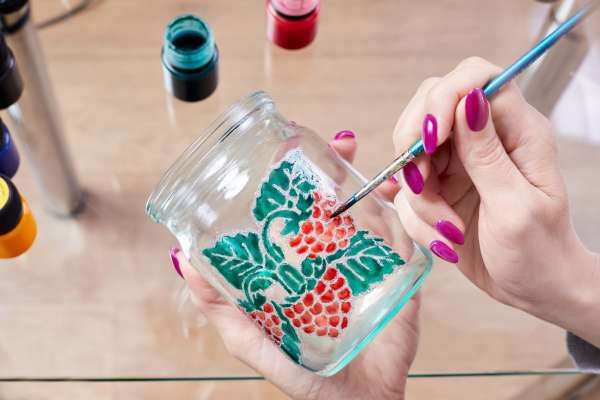
- Tiffany Glass: Louis Comfort Tiffany’s creations, including his famous stained-glass lamps and vases, are among the most sought-after art glass pieces. The distinctive “Favrile” glass, with its iridescent finish, is particularly valuable.
- Lalique Glass: Founded by René Lalique in the early 20th century, Lalique tableware is known for its frosted finish and intricate designs. Pieces such as vases, sculptures, and jewelry are highly collectible.
- Daum Nancy: A French glassmaker known for its cameo glass, which involves carving intricate designs into layers of colored glass. Early Daum pieces, particularly those from the Art Nouveau period, are highly valuable.
Studio Glass Movement: Contemporary Collectibles
The Studio Glass Movement, which began in the 1960s, emphasizes the artistic expression of individual glassmakers. Collectors often seek pieces by:
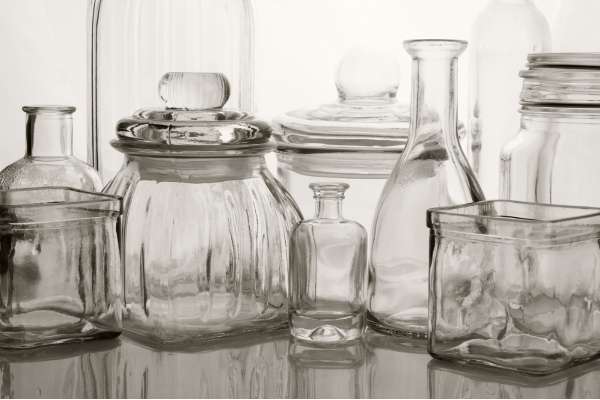
- Dale Chihuly: Known for his large-scale installations and vibrant colors Chihuly’s works are highly coveted in the contemporary glass art market.
- Harvey Littleton: Often referred to as the father of the Studio Glass Movement, Littleton’s pieces are notable for their innovative techniques and forms.
- Lino Tagliapietra: An Italian master glassblower whose contemporary pieces blend traditional Murano techniques with modern aesthetics.
what glassware is worth money, The Studio Glass Movement, which began in the 1960s, Revolutionized the world of glass art by emphasizing the artistic expression of individual glassmakers. This movement marked a departure from industrial glass production, fostering a new era where glass was appreciated as a medium for fine art.
Collectors today avidly seek pieces by prominent artists such as Dale Chihuly, Whose large-scale installations and vibrant colors have made him a luminary in contemporary glass art. Harvey Littleton, Often hailed as the father of the Studio Glass Movement is celebrated for his pioneering techniques and innovative forms that pushed the boundaries of glassmaking.
Italian master glassblower Lino Tagliapietra brings a unique fusion of traditional Murano techniques and modern aesthetics, Creating contemporary pieces that are as technically impressive as they are visually stunning. Each of these artists has contributed significantly to the Studio Glass Movement, making their works highly prized in the realm of contemporary collectibles.
Identifying Valuable Glassware: Tips for Collectors
Determining the value of glassware involves assessing several factors, including:
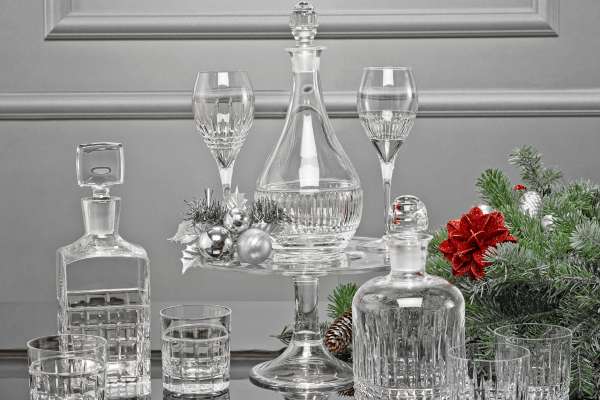
- Condition: Chips, Cracks, and repairs can significantly reduce the value of glassware. Pristine pieces with no damage are always more valuable.
- Rarity: Limited edition pieces, Discontinued patterns, and unique items tend to be more valuable due to their scarcity.
- Maker and Markings: Identifying the maker of a piece can greatly influence its value. Look for signatures, maker’s marks, and labels that indicate authenticity.
- Provenance: A well-documented history can enhance the value of glass, particularly if it has notable previous owners or origins.
- Quality of Craftsmanship: Fine details, intricate patterns, and high-quality materials all contribute to the value of a piece.
Mid-Century Modern Glass
- What It Is: This style encompasses glassware produced from the 1940s to the 1960s, characterized by sleek, modern designs and bold colors. Notable designers include Murano, Blenko, and Orrefors.
- Why It’s Valuable: The resurgence of interest in mid-century modern design has increased demand for these pieces. Unique designs and vibrant colors make them highly desirable.
- Examples to Look For: Murano glass, known for its vibrant colors and unique shapes, can be particularly valuable. Pieces by Blenko and Orrefors are also highly sought after, With prices ranging from $100 to several thousand dollars.
Where to Find Valuable Glassware
Collectors can find valuable glassware in various places:
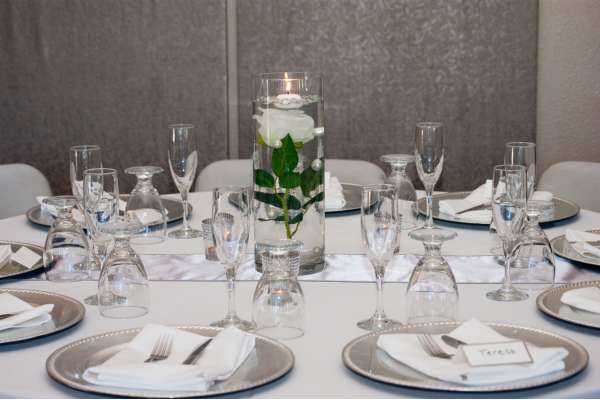
- Antique Stores and Flea Markets: These venues can be treasure troves for finding rare and valuable pieces at reasonable prices.
- Auctions: Both online and traditional auctions offer opportunities to acquire high-end glassware, often with detailed provenance.
- Estate Sales: These sales can yield unexpected finds, especially if the previous owner was a collector.
- Online Marketplaces: Websites like eBay, Etsy, and specialized auction sites can provide access to a wide range of glassware, but buyers should be cautious and verify authenticity.
what glassware is worth money, When embarking on the quest for valuable antique glassware, Collectors have several promising avenues to explore. Antique stores and flea markets often serve as treasure troves. Offering rare and valuable pieces at reasonable prices, making them ideal for those who love the thrill of the hunt. Auctions, both online and traditional, Present opportunities to acquire high-end glassware. often accompanied by detailed provenance that assures authenticity and historical significance.
Estate sales can also yield unexpected gems. particularly if the previous owner was an avid collector, offering unique pieces that might not be available elsewhere. Additionally, online marketplaces such as eBay, Etsy, and specialized auction sites provide access to a vast array of tableware.
However, buyers should exercise caution and ensure they verify the authenticity and condition of items before making a purchase. Each of these venues offers distinct advantages, making the pursuit of antique glassware a diverse and exciting adventure for collectors.
Caring for Your Collection
Proper care and maintenance are crucial for preserving the value of glassware:
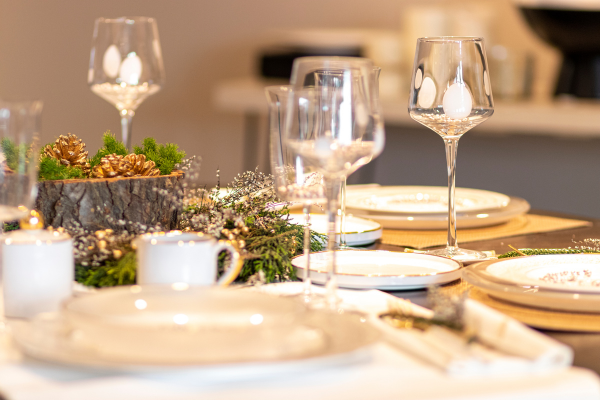
- Cleaning: Use mild soap and lukewarm water to clean glassware. Avoid abrasive cleaners and extreme temperatures that can cause damage.
- Storage: Store glassware in a safe, stable environment to prevent chips and cracks. Display valuable pieces away from direct sunlight to avoid fading.
- Handling: Handle tableware with clean, dry hands to prevent oils and dirt from accumulating. Use both hands to support larger pieces.
Antique glassware is a timeless treasure that adds elegance and charm to any collection. but its delicate nature requires meticulous care to preserve its beauty and value. When cleaning your glassware, opt for mild soap and lukewarm water, steering clear of abrasive cleaners and extreme temperatures that might damage the fragile material.
Proper storage is equally important to ensure your glassware is kept in a safe, and stable. Environment to avoid chips and cracks, and always display your valuable pieces away from direct sunlight to prevent fading.
Handling these delicate items demands clean. dry hands to avoid transferring oils and dirt, and it’s wise to use both hands to support larger pieces. ensuring they remain intact for generations to come. By following these guidelines, you can maintain the pristine condition of your antique glass, allowing it to continue to enchant and delight.
Tips for Identifying and Selling Valuable Glassware

1. Look for Maker’s Marks: Many valuable glass pieces have maker’s marks or signatures. Researching these can help identify the piece’s origin and value.
2. Condition Matters: Chips, cracks, and repairs can significantly reduce the value of glassware. Always inspect items carefully.
3. Educate Yourself: Resources like collector’s guides, online forums, and antique shops can provide valuable information about what’s in demand.
4. Get an Appraisal: For potentially high-value items, consider getting a professional appraisal. This can provide a more accurate valuation and help with selling.
5. Sell Smart: Consider multiple selling avenues, including online marketplaces like eBay, specialty auction houses, and antique shops. Each has its pros and cons, depending on the type of glassware.
Conclusion
Collecting valuable glassware is a rewarding pursuit that combines a love for history, art, and craftsmanship. Whether you’re drawn to the elegance of antique pieces. the sleek lines of mid-century modern designs, or the creativity of contemporary art glass. understanding what makes glassware valuable will enhance your collecting experience. By learning to identify, acquire, and care for these beautiful pieces, you can build a collection that is both personally meaningful and potentially lucrative.
